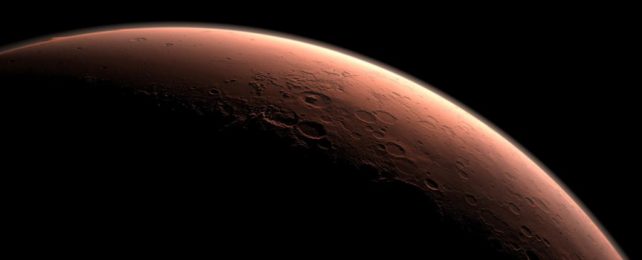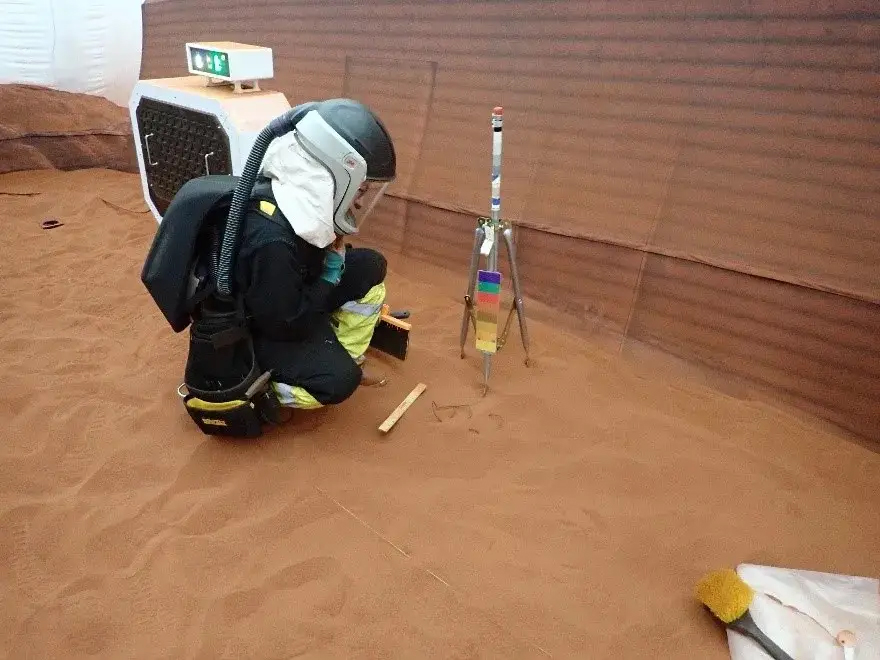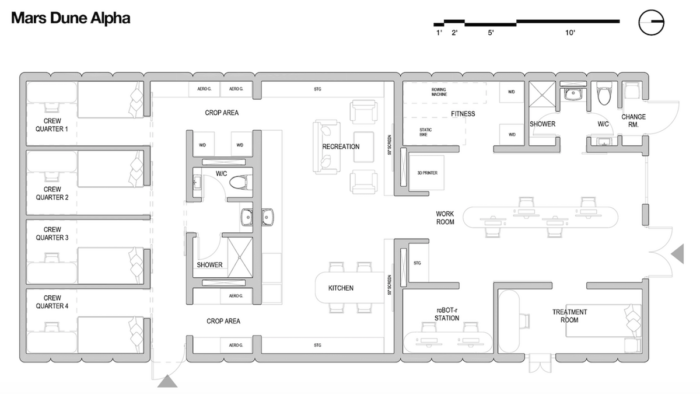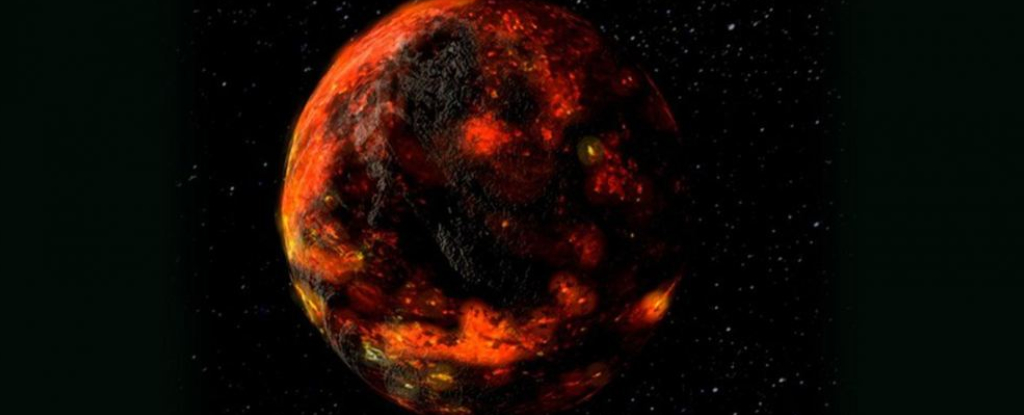ARTICLE AD
 A computer-generated image of daybreak on Mars. (NASA/JPL-Caltech)
A computer-generated image of daybreak on Mars. (NASA/JPL-Caltech)
NASA is seeking four people with dreams of Mars for a year-long simulated red planet experience.
The space agency's Crew Health and Performance Exploration Analog (CHAPEA) involves being confined to a 158 square-meter (1,700 square-foot) habitat called Mars Dune Alpha, with limited resources and facing challenges such as environmental stressors and equipment failures.
"During the mission, the crew will conduct simulated spacewalks and provide data on a variety of factors, which may include physical and behavioral health and performance," NASA explains on the mission's website.
frameborder="0″ allow="accelerometer; autoplay; clipboard-write; encrypted-media; gyroscope; picture-in-picture; web-share" allowfullscreen>
"Having this analog environment allows us to put in some of the other realism effects which we might not get on the International Space Station and it also allows us to get a larger sample size," says CHAPEA principal investigator Grace Douglas, explaining why this tactic is being used to gather information for future crewed missions to the Moon and Mars.
"This really is the core of getting us all of the data that we're going to need to go on these missions."
As with all NASA applications, the selection criteria is appropriately tough.
 A simulated 'Marswalk' in the giant sandbox mimicking the landscape of Mars. (CHAPEA Crew/NASA)
A simulated 'Marswalk' in the giant sandbox mimicking the landscape of Mars. (CHAPEA Crew/NASA)Eligible candidates must be US citizens or permanent residents between the ages of 30-55, in excellent health, and be non-smokers with no criminal record. Potential crew must also have at least a master's level of STEM qualifications, a minimum of one thousand hours as an aircraft pilot, or completed military officer training.
Application questions range from topics of diets and gut health to experience with isolation and claustrophobia. You must also provide thoughts on your expectations of the experience.
"How did you handle the COVID isolation?" asks one of the questions.
The entire selection process will take up to 14 months.
 The Mars Dune Alpha floor plan. (Melodie Yashar/NASA)
The Mars Dune Alpha floor plan. (Melodie Yashar/NASA)The first of the three planned CHAPEA missions began on 25 June 2023 and hit its halfway mark last month.
The four crew members have successfully completed many challenges, including growing crops, while isolated in the 3D-printed building in a giant sandbox, within NASA's Johnson Space Center in Houston.
"The best and the worst part of the mission so far has been how fast it's flown by," says medical officer Nate Jones.
"I know that it's been a truly special year here so far, and so I'm really going to miss it, but I also can't wait to see my family and friends again."
The online application deadline is Tuesday 2 April 2024. Good luck!

 1 year ago
84
1 year ago
84 

